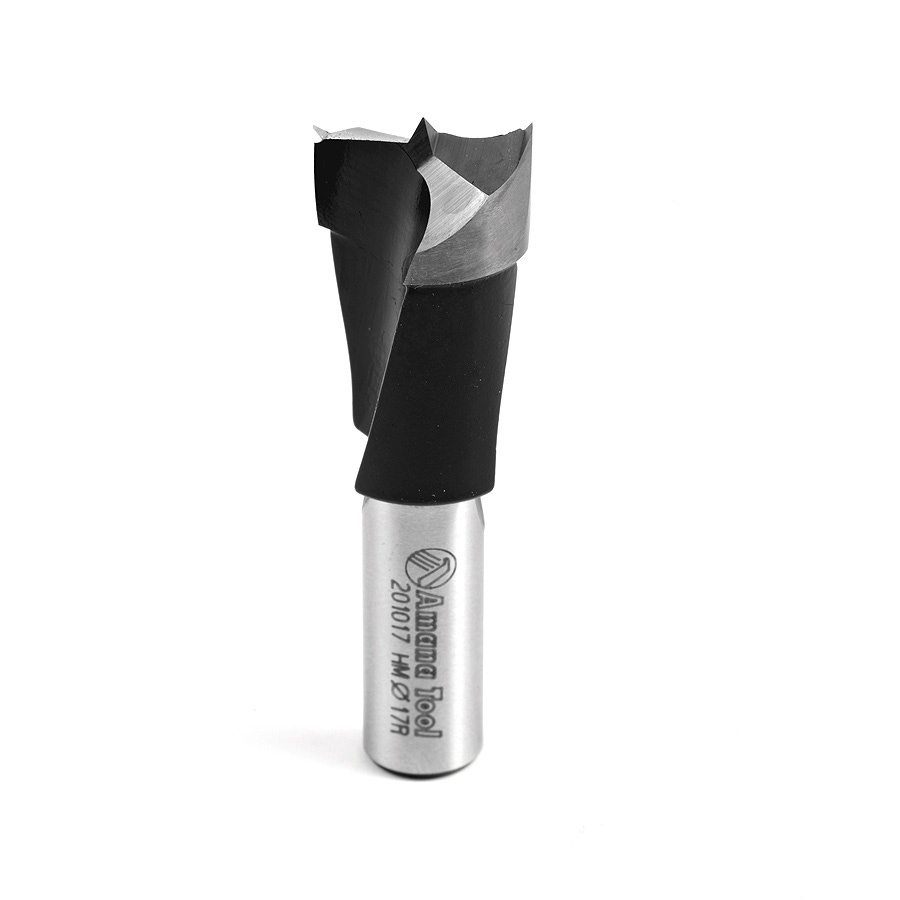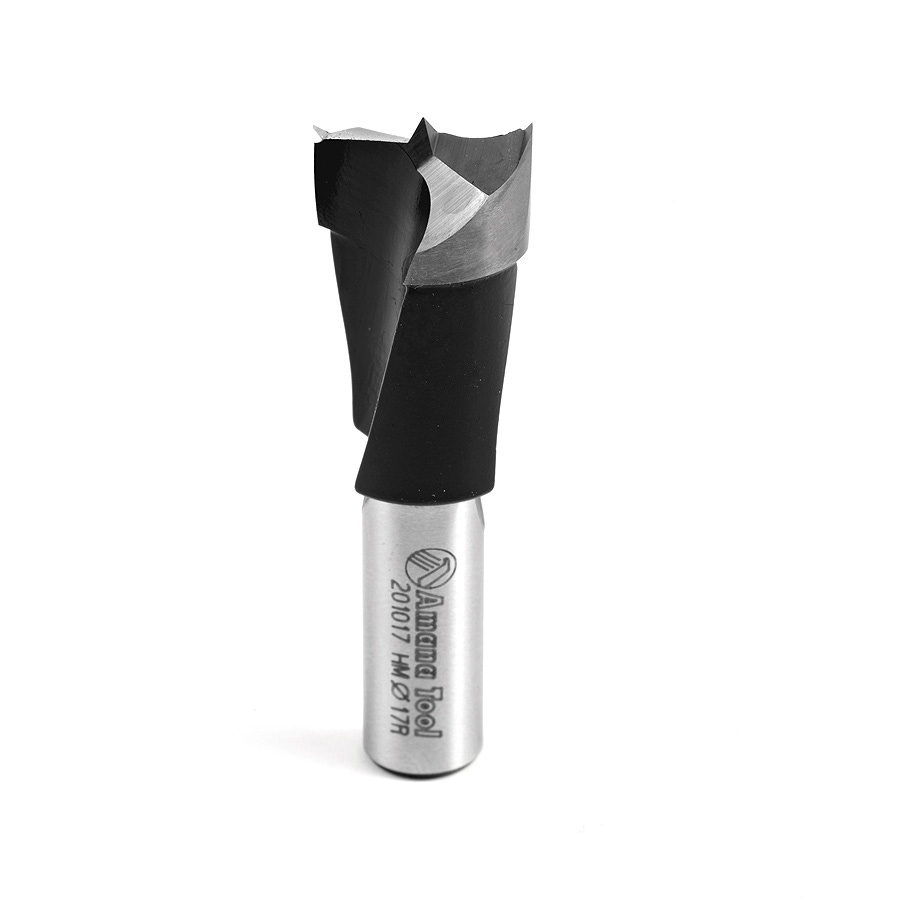Answer
Aug 12, 2025 - 01:49 PM
Yes, boring bits (like spade bits, Forstner bits, or auger bits) can be used in a drill press, but it's important to consider the specific type of bit and the material being worked on. For woodworking, using a boring bit in a drill press is generally fine, but for metalworking, it's often recommended to use a boring head and bar on a drill press, especially for larger holes and precision work, though some caution is advised due to potential flex and run-out.
Drill Press and Boring Bits:
Woodworking:
Spade bits, Forstner bits, and auger bits are commonly used in drill presses for creating holes in wood. Using these bits in a drill press allows for faster and more accurate hole creation compared to hand drilling.
Metalworking:
For larger holes or more precise boring in metal, a boring head and bar mounted on a drill press can be used. However, it's crucial to consider the drill press's rigidity and potential for flex, especially when dealing with larger diameters or deeper holes.
Safety:
When using any bit in a drill press, it's important to ensure the workpiece is securely clamped to prevent it from spinning or moving, and to use appropriate safety glasses.
Run-out:
Drill presses can have some spindle run-out (eccentricity), which can affect the accuracy of the hole, especially with larger bits or when using a boring head for metalwork. This run-out can cause the bit to wobble slightly, leading to a less precise hole.
Speed and Feed:
Adjusting the drill press's speed and feed rate is important when using different bits and materials. Generally, slower speeds are recommended for larger bits and harder materials.
Boring Heads and Bars:
Boring Heads:
.
These are attachments that allow you to mount a boring bar, which holds the cutting tool, and adjust the cutting diameter. They are often used for creating larger or more precise holes in metal.
Boring Bars:
.
These are the tools that hold the cutting bit and are mounted in the boring head. They come in various sizes and configurations to suit different boring needs.
Drill Press Limitations:
.
While a boring head and bar can be used in a drill press for some applications, it's important to be aware of the drill press's limitations, such as potential flex and run-out. For more demanding boring operations, a milling machine may be a better choice.
Drill Press and Boring Bits:
Woodworking:
Spade bits, Forstner bits, and auger bits are commonly used in drill presses for creating holes in wood. Using these bits in a drill press allows for faster and more accurate hole creation compared to hand drilling.
Metalworking:
For larger holes or more precise boring in metal, a boring head and bar mounted on a drill press can be used. However, it's crucial to consider the drill press's rigidity and potential for flex, especially when dealing with larger diameters or deeper holes.
Safety:
When using any bit in a drill press, it's important to ensure the workpiece is securely clamped to prevent it from spinning or moving, and to use appropriate safety glasses.
Run-out:
Drill presses can have some spindle run-out (eccentricity), which can affect the accuracy of the hole, especially with larger bits or when using a boring head for metalwork. This run-out can cause the bit to wobble slightly, leading to a less precise hole.
Speed and Feed:
Adjusting the drill press's speed and feed rate is important when using different bits and materials. Generally, slower speeds are recommended for larger bits and harder materials.
Boring Heads and Bars:
Boring Heads:
.
These are attachments that allow you to mount a boring bar, which holds the cutting tool, and adjust the cutting diameter. They are often used for creating larger or more precise holes in metal.
Boring Bars:
.
These are the tools that hold the cutting bit and are mounted in the boring head. They come in various sizes and configurations to suit different boring needs.
Drill Press Limitations:
.
While a boring head and bar can be used in a drill press for some applications, it's important to be aware of the drill press's limitations, such as potential flex and run-out. For more demanding boring operations, a milling machine may be a better choice.



